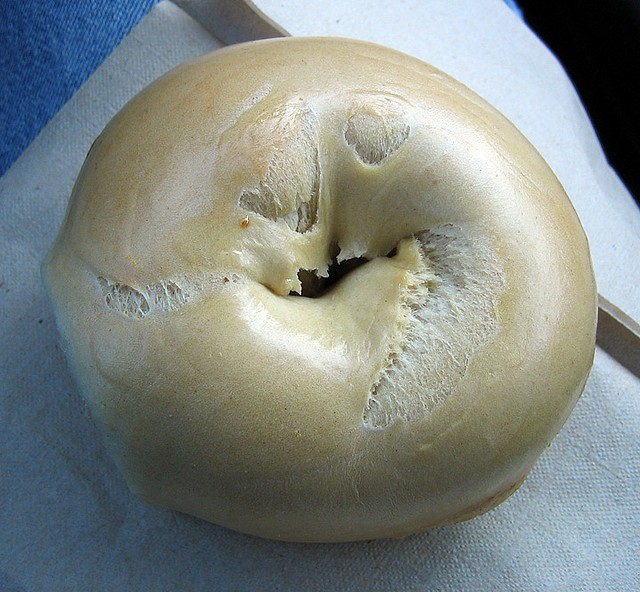A Disruption Cautionary Tale

Bagel-making was still a skilled trade then, restricted to members of the International Beigel Bakers Union, as the name was Romanized after the organization was founded in New York in 1907. (Until well into the 1950s, the minutes of the union’s board meetings were taken down in Yiddish.)
The bagel-maker’s craft was passed down from father to son, fiercely guarded from outsiders’ prying eyes. In a contingency that seemed straight out of Damon Runyon, or perhaps “The Untouchables,” nonunion bakers trying to make and sell bagels risked paying for it with their kneecaps.
“Every bagel that was made in New York City up until the 1960s was a union bagel — every one,” Mr. Goodman said. “The reason why this union was strong was that they were the only ones who knew how to make a proper bagel. And that was the keys to the kingdom.”
The union — New York’s Local 338, with some 300 members — could hold the entire metropolitan area gastronomic hostage and, in disputes with bakery owners over working conditions, often did.
“Bagel Famine Threatens in City,” an alarmed headline in The Times read in 1951, as a strike loomed. (It was followed the next day by the immensely reassuring “Lox Strike Expert Acts to End the Bagel Famine.”)
Then, in the early 1960s, Mr. Thompson’s machine changed the bagel forever.
Daniel Thompson died earlier this month, at the age of ninety-four. His bagel-making machine destroyed the skilled bagel-maker trade and its unions, but it democratized bagel production, allowing the “unsweetened doughnut with rigor mortis” to spread outside of Jewish enclaves — you might say, if you were so inclined, that it’s a classic tale of disruption. But what do we have to show for it? Bagel ubiquity, for sure. But also mediocrity, even in New York City, the cradle of U.S. bagel civilization. The post-artisan bagel is a bulbous tumor of tasteless dough which one must request “toasted” in the hopes that lightly charring it will force some semblance of flavor, any flavor into its lumpen pale mass. New York is so desperate for a decent bagel that one of the most anticipated restaurants of the fall season is hawking undressed bagels for two dollars a piece — seventy-five cents more than one of the current standard bearers of the New York-style bagel. This all just to say that maybe, sometimes, be careful what you disrupt for.
Photo by jill
